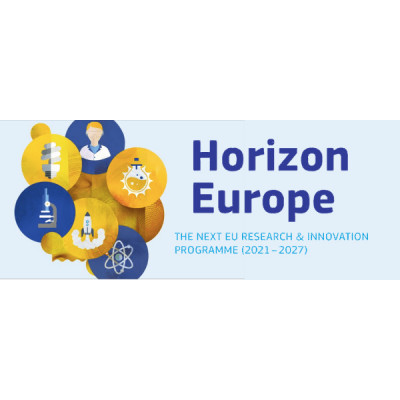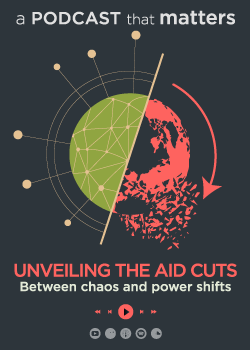Print

Process Attribution of Regional Emissions: PARIS
Details
Locations:Germany, Hungary, Ireland, Italy, Netherlands, Norway, Switzerland, UK
Start Date:Jan 1, 2023
End Date:Dec 31, 2026
Contract value: EUR 3,526,154
Sectors: Environment & NRM, Pollution & Waste Management (incl. treatment)
Description
Programme(s):
HORIZON.2.5 - Climate, Energy and Mobility
HORIZON.2.5.1 - Climate Science and Solutions
Topic(s): HORIZON-CL5-2022-D1-02-01 - Verification and reconciliation of estimates of climate forcers
Call for proposal: HORIZON-CL5-2022-D1-02
Funding Scheme: RIA - Research and Innovation action
Grant agreement ID: 101081395
Project description:
A joint approach for quantifying emissions
Emissions reporting is important. There are two different methods. One is the bottom-up method, estimating emissions through the analysis of activity data coupled with emission factors, and the other is the top-down method that estimates emissions based on observations of atmospheric concentration. Only a few countries use a joint approach, which is considered good practice. In this context, the EU-funded PARIS project aims to significantly increase the uptake of this joint approach to emissions evaluation. For eight countries in Europe, the project will draft annual Annexes to National Inventory Reports (NIRs). The overall aim is to increase (quadruple) the number of countries that include top-down emissions estimates in their NIRs.
Objective:
There are only a few countries worldwide, and only two in Europe (the UK and Switzerland, via our team), who routinely report their emissions using bottom-up (inventory) and top-down (atmospheric data-based) methods together. The central aim of PARIS is to significantly increase the uptake of this joint approach to emissions evaluation. We target research areas that have been shown, through our previous successes, to be of high value to inventory compilers, or have been only partly explored in previous projects. To engage inventory teams early in the project, we focus on new emissions estimates for fluorinated gases (F-gases), which have relatively simple source distributions, but poorly understood magnitudes. We will extend to eight countries across Europe our proven approach in using top-down constraints to evaluate inventory F-gas models. For greenhouse gases (GHGs) with a more complex mixture of sources, methane and carbon dioxide, research in PARIS focuses on the attribution of fluxes to particular sources and sinks. We will advance our world-leading isotopologue measurements and tracer-based analysis methods, providing inventory teams with new information to target areas of uncertainty. For nitrous oxide, a GHG for which most European inventories rely on highly simplified and uncertain bottom-up methods, two process-level models will be advanced to produce time- and space-resolved estimates that will be evaluated against isotopic data. For the important, but complex, climate forcers, organic matter aerosol and black carbon, we will take the next steps required towards robust top-down emissions inference by developing source apportionment methods. To generate maximum impact, we will synthesise these advances in the form of draft annual Annexes to National Inventory Reports (NIRs) for eight PARIS focus countries. If adopted, this will represent almost a quadrupling of the number of countries globally that include top-down emissions estimates in their NIRs.
